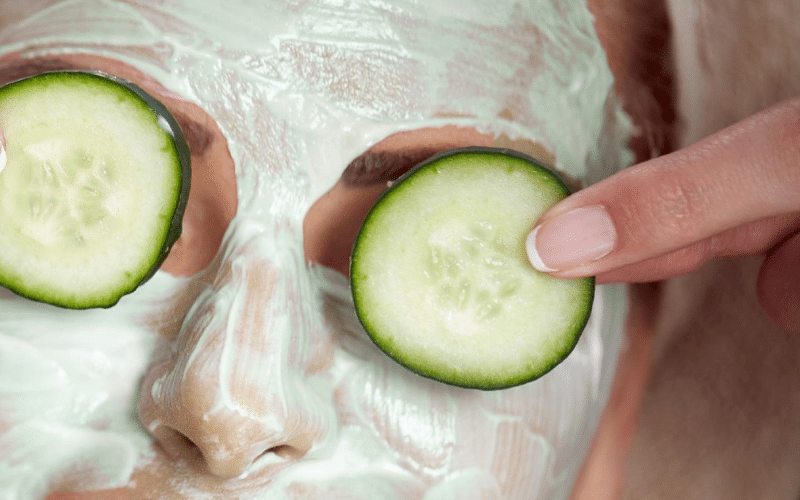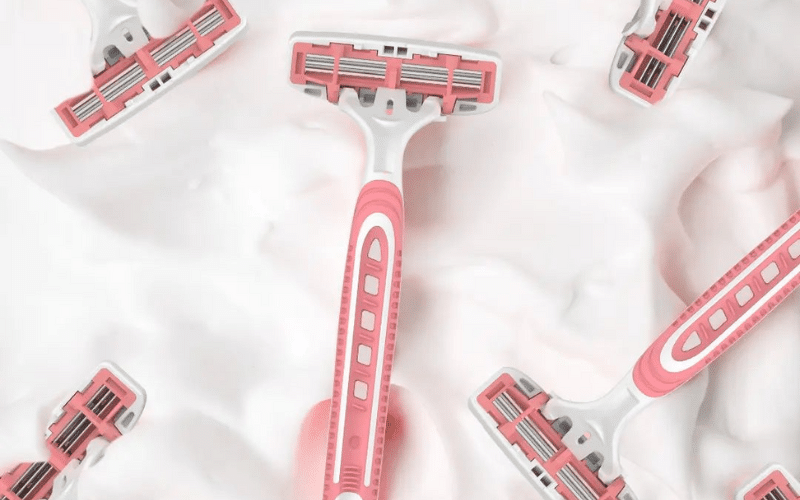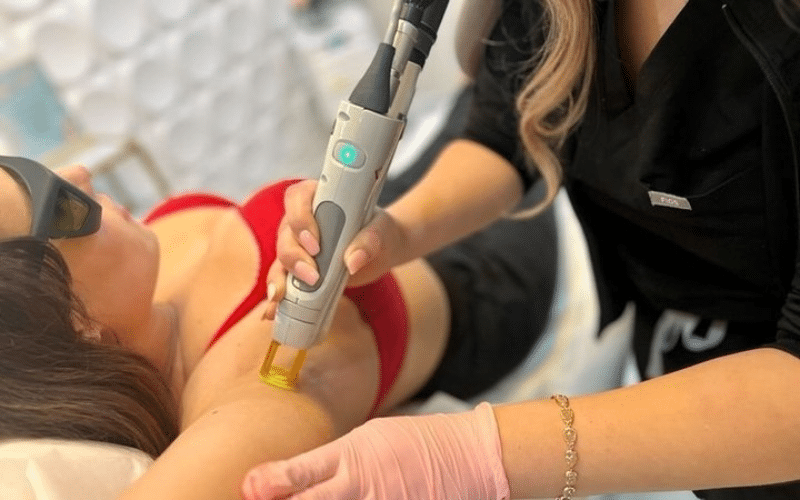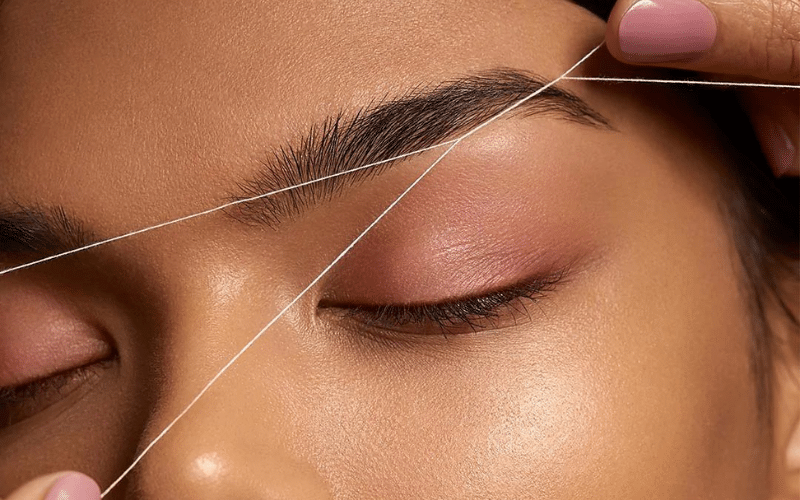Unwanted body hair is a common concern for many individuals. There are various methods available to remove excess hair from different parts of the body. Each method has its advantages and disadvantages, and choosing the right one depends on personal preference, hair type, and skin sensitivity. Some popular methods include shaving, waxing, depilatories, laser hair removal, threading, etc. help in removing hair easily for a specific time. Understanding the different methods of hair removal can help individuals make informed decisions and achieve their desired results.
Different Methods to Remove Unwanted Body Hair are:
Waxing

Waxing is a commonly used method for removing excess body hair that involves applying a heated wax to the skin and then quickly removing it, along with the hair, using a cloth or paper strip. The wax used for this method can either be made from natural ingredients or synthetic materials and comes in different forms, such as hard wax or soft wax. Waxing is a popular hair removal method due to its long-lasting results, typically lasting for up to four weeks. However, the process can be painful and may cause skin irritation, redness, and even bleeding if not done correctly.
Depilatories

Depilatories are a popular method for removing excess body hair that involves applying a chemical cream or lotion to the skin. The active ingredient in these products, such as calcium thioglycolate or potassium hydroxide, breaks down the protein structure of the hair, making it easier to wipe or rinse away. They are easy to use and can be applied at home without the need for professional assistance. The results can last up to two weeks, depending on the individual’s hair growth rate. Depilatories can cause skin irritation, and it is essential to follow the instructions carefully.
Shaving

Shaving is a widely used method for removing excess body hair, which involves using a razor or an electric shaver to cut the hair close to the skin’s surface. Shaving is a quick and easy method that can be done at home without professional assistance. Shaving can cause skin irritation, razor burns, and cuts if not done correctly or if the razor is dull. It is essential to prepare the skin before shaving, use shaving cream or gel, and shave in the direction of hair growth to minimize the risk of irritation.
Laser hair removal

Laser hair removal is an effective method for removing excess body hair that uses a concentrated beam of light to target hair follicles. The heat from the laser damages the hair follicle, inhibiting future hair growth. The process can take several sessions to achieve desired results, depending on the individual’s hair growth rate and the area being treated. Laser hair removal is a long-lasting method that can provide results for up to six months or longer. It is relatively painless, and any discomfort can be managed with a topical anesthetic cream.
Threading

Threading is a traditional method for removing excess body hair that involves using a thin cotton or polyester thread to pull hair out at the root. This technique originated in the Middle East and South Asia and is commonly used to remove hair from the face, eyebrows, and upper lip. The thread is twisted and rolled over the skin, catching and removing multiple hairs at once. The process is quick and precise, allowing for the creation of well-defined eyebrows and other intricate designs. Threading is a safe and effective method that does not use any chemicals, making it suitable for individuals with sensitive skin.
Bottomline
There are several methods available to remove unwanted body hair, each with its own set of advantages and disadvantages. Shaving is a quick and easy method that provides immediate results, while waxing and depilatories offer longer-lasting effects. Laser hair removal is a long-term solution that uses a concentrated beam of light to inhibit hair growth, and threading is a traditional technique for facial hair removal. It is essential to prepare the skin before any hair removal method, follow the instructions carefully, and take proper aftercare measures to minimize the risk of skin irritation, burns, or injury.







Leave a Reply
Want to join the discussion?Feel free to contribute!